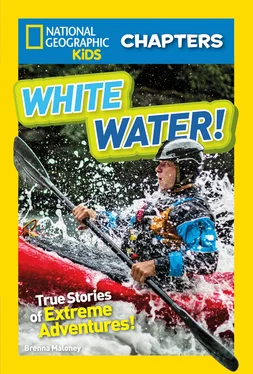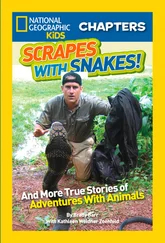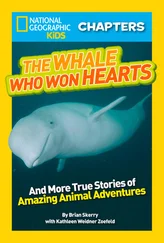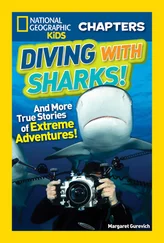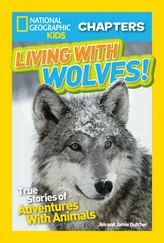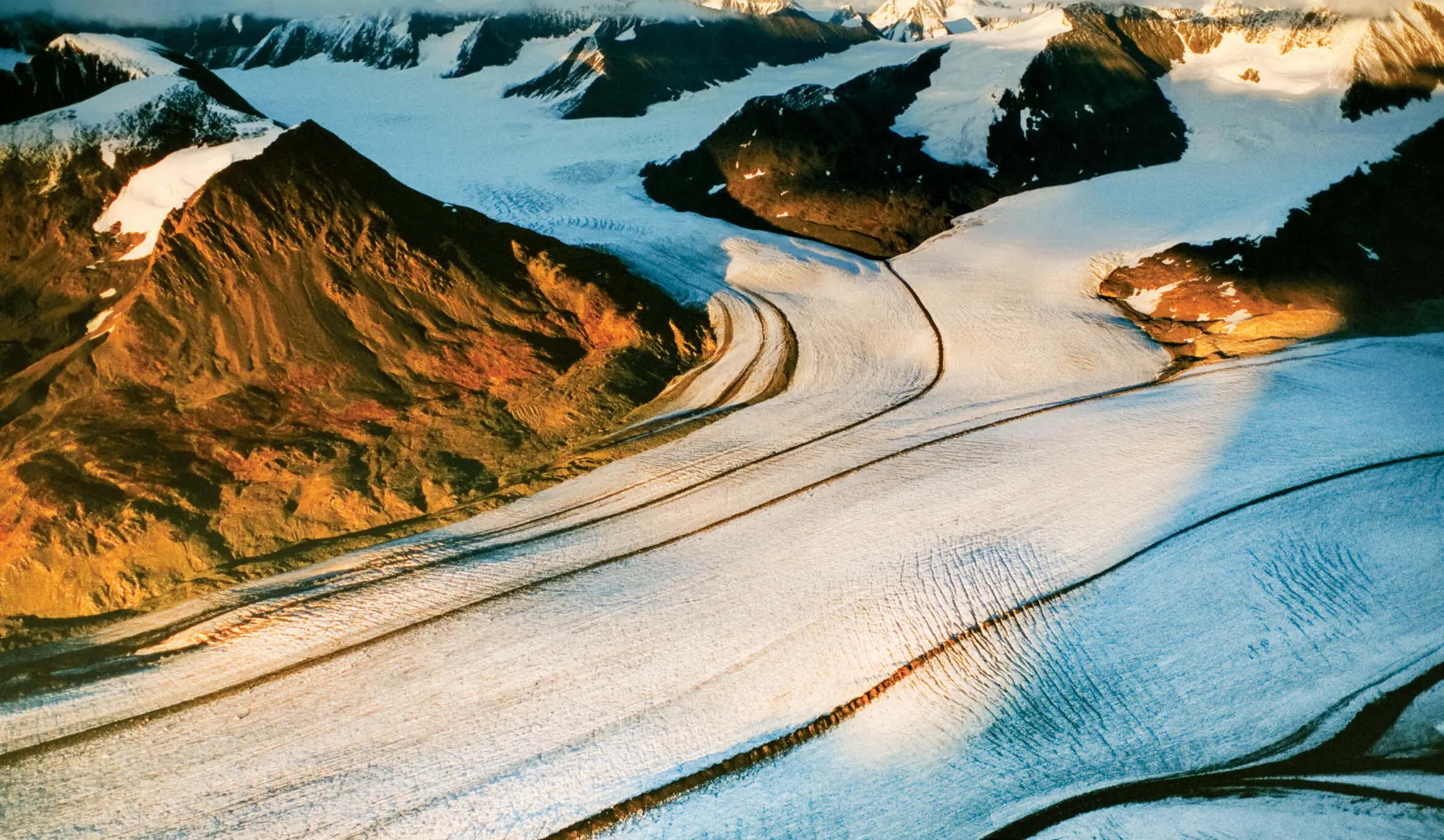
Credit 4 Конец ознакомительного фрагмента. Текст предоставлен ООО «ЛитРес». Прочитайте эту книгу целиком, купив полную легальную версию на ЛитРес. Безопасно оплатить книгу можно банковской картой Visa, MasterCard, Maestro, со счета мобильного телефона, с платежного терминала, в салоне МТС или Связной, через PayPal, WebMoney, Яндекс.Деньги, QIWI Кошелек, бонусными картами или другим удобным Вам способом.
Glaciers are huge masses of ice that “flow” like very slow rivers. They form over hundreds of years where fallen snow compresses (sounds like kuhm-PRESS-ez) and turns into ice. Glaciers form the largest reservoir (sounds like REZ-er-vwahr) of freshwater on the planet. In fact, they store 75 percent of the world’s freshwater! Warmer weather has led to faster melting of the Logan Glacier. In the past 40 years, it has shrunk by 40 percent.
Did You Know?
A rapid is a place in a river where water flows faster and turns white and frothy.
The Pinch came at the end of a 10-mile (16-km) stretch of the river. It was the biggest challenge they would face. Here, the river narrowed, and the water squeezed through a gap in the canyon walls. Todd knew there were some large, jagged rocks at the mouth of the Pinch, but from the air he couldn’t see them. The water levels were so high, and the water was moving so forcefully, that the rocks were hidden. If the kayakers couldn’t see the rocks, they would not be able to steer clear of them.
Todd had a difficult decision to make. Were the timing and conditions right for this expedition? That evening, he and the team held a meeting. Together, they decided that the risks were too great. They would have to postpone the trip until the weather cooled and the water levels dropped.
During the wait, Todd had another problem to solve. How would the team get their kayaks to the river? They couldn’t carry them. The distance was too far and the location too remote. He could think of only one way—by air.
Finally the time came. Each 9-foot (3-m)-long, 50-pound (23-kg) kayak was strapped to the bottom of the plane and flown, one by one, to the starting point.
Todd was eager to see the river again, so he went first. When he and the pilot flew over the Pinch, Todd’s stomach tightened. The water levels had not dropped. The river raged as it had before.


Credit 5 Конец ознакомительного фрагмента. Текст предоставлен ООО «ЛитРес». Прочитайте эту книгу целиком, купив полную легальную версию на ЛитРес. Безопасно оплатить книгу можно банковской картой Visa, MasterCard, Maestro, со счета мобильного телефона, с платежного терминала, в салоне МТС или Связной, через PayPal, WebMoney, Яндекс.Деньги, QIWI Кошелек, бонусными картами или другим удобным Вам способом.
Three of Todd’s teammates pass a horsetail falls within the Headwaters Canyon.
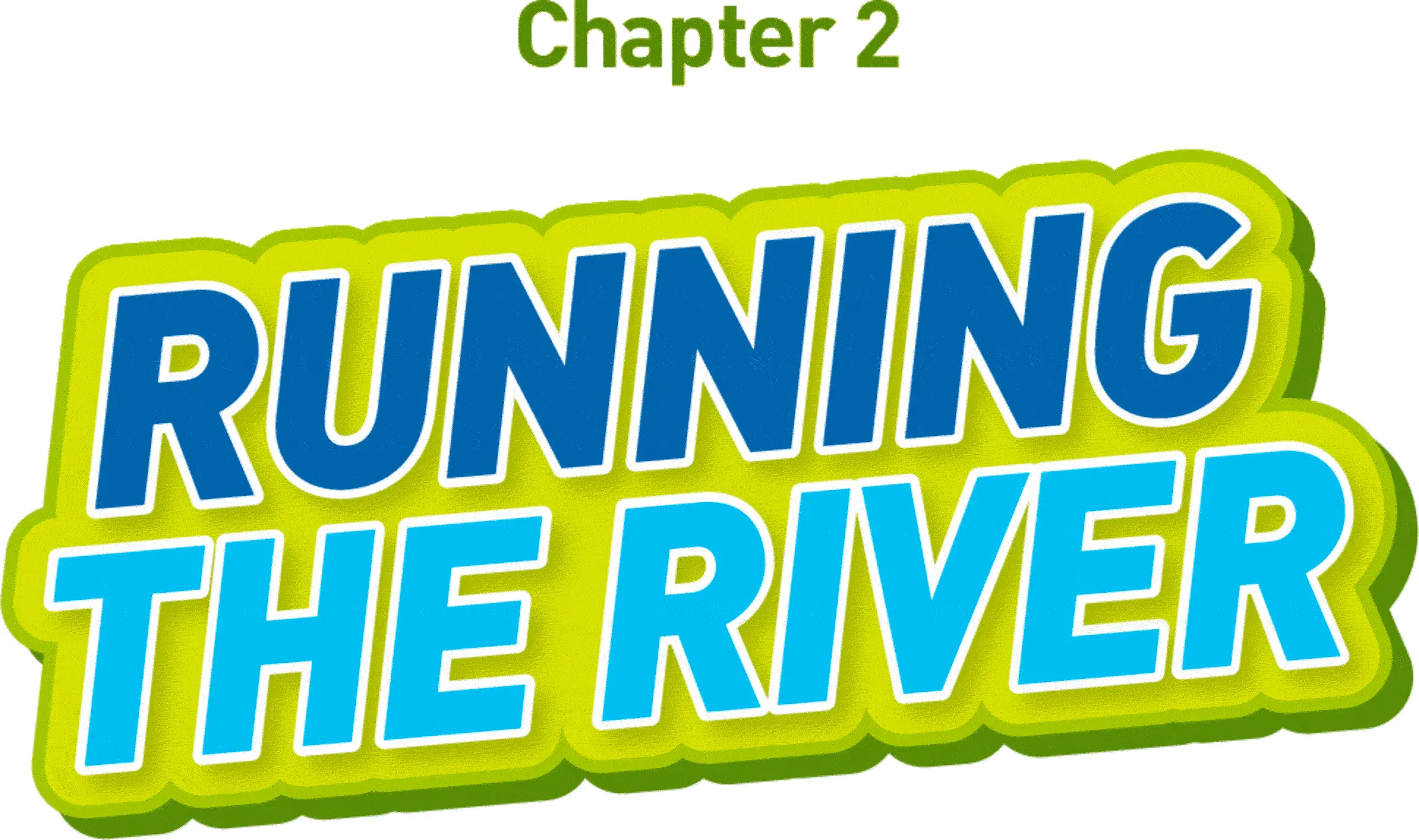

Todd sat on a sandbar near the source of the Chitina. Behind him, melting water trickled off the Logan Glacier. He was waiting for the pilot to fly his teammates and their kayaks to the starting point. He had made the decision: The team would attempt to run the river. Now, as Todd waited for them to arrive, he worried if he had made the right choice.

Credit 6 Конец ознакомительного фрагмента. Текст предоставлен ООО «ЛитРес». Прочитайте эту книгу целиком, купив полную легальную версию на ЛитРес. Безопасно оплатить книгу можно банковской картой Visa, MasterCard, Maestro, со счета мобильного телефона, с платежного терминала, в салоне МТС или Связной, через PayPal, WebMoney, Яндекс.Деньги, QIWI Кошелек, бонусными картами или другим удобным Вам способом.
It was a long wait. It took the rest of the day for everyone to arrive one by one. The team made camp. While waiting for dawn, they planned their approach on the river.
They would split up into two groups. Both groups would scout sections of the river from the safety of the high canyon walls. For each segment, they would ask the same questions: What were the dangers? Was there a safe line, a clear path? Where could they safely stop and regroup?
Next, one group would go down and run a section of the river. The other group would stay on the rocks to be lookouts and to film and photograph. When the first group was done, the groups would switch places. The first group would be lookouts now, and the second group would run the river.
There was a nervous energy the next morning as the team suited up. Each kayaker wore a thick “dry suit” to keep warm, a life jacket, and a helmet.
It took more than an hour to scout the first section of the river. Moving along the slick and icy rim of the canyon wasn’t easy, nor was making sense of the chaos below. The team quickly understood that once they put their kayaks in the river, the river would be in charge. The water at their point of entry churned like a boiling cauldron. But looks can be deceiving.
The icy water took Todd’s breath away even with his dry suit on. All the nervous energy disappeared. It was replaced by a steely awareness.
From the first stroke of his paddle, Todd felt the river fighting against him. Murky gray waves crashed across his chest. The water was so full of silt and debris (sounds like duh-BREE) from the glacier that he could feel its extra weight pushing against him. Reading the river was next to impossible. There was no way to see anything clearly.
The team was rapidly being swept downriver. They charged from one danger to another, avoiding rocks and strong, sucking currents. One wave would pull them underwater, and the next would force them skyward, high above the surface.
Читать дальше
